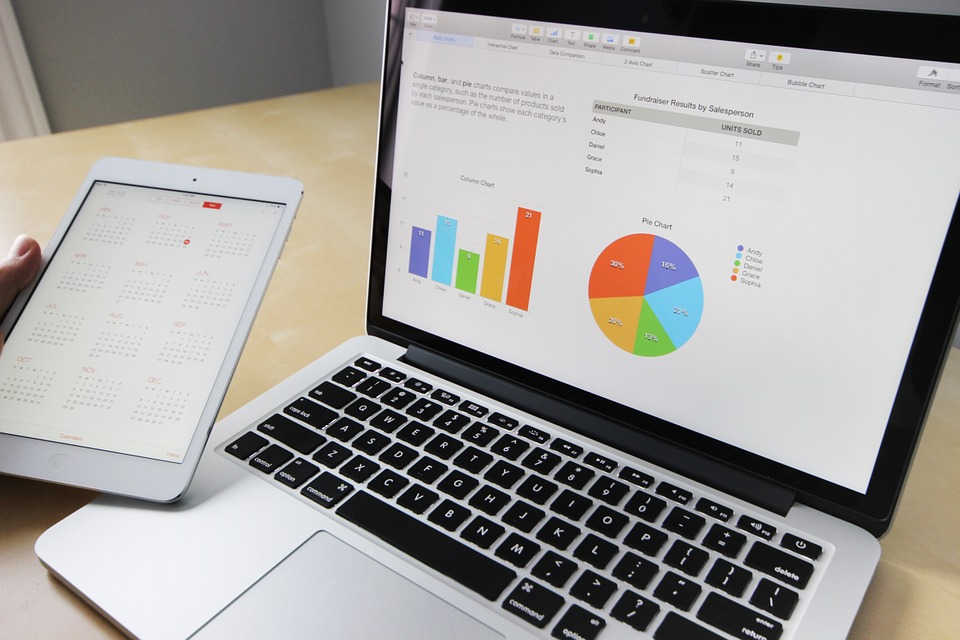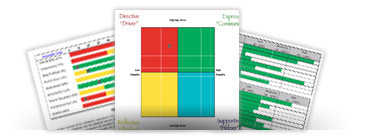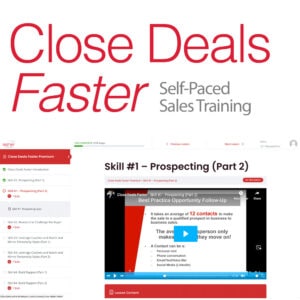Are You Closing Deals Faster? Learn Simple Metrics to Measure and Improve

Deal velocity is an indication of power for any sales organization. The more deals you can move through the pipeline, and the faster, the better your sales department is running. If deal velocity is slow, then overhead alone could crush a business. You need a significant amount of closed deals within a certain time period to survive, let alone thrive. It’s why learning to close deals faster is a worthwhile endeavor.
But what do you measure to know whether your efforts to close deals faster are paying off? In this post, I will suggest a few metrics to track.
Average Sales Cycle Length
As defined by Geckoboard, Average Sales Length Cycle is the amount of time from the first contact with a prospect to the day the deal closes, averaged across all won deals.
One way to figure this out is to add up the total number of days from first contact to customer conversion, for all deals. Then divide this number by the total number of deals, and you have your Average Sales Cycle length.
If it makes sense for your business, you can subdivide your ASCL by product or service, region, salesperson, and even customer size (SMB versus enterprise), in order to better target efforts to close deals faster.
Average Handle Time
Another metric recommended by Geckoboard is Average Handle Time. This literally counts all the time spent on each prospect from first contact to closed deal. To measure this, it helps if your salespeople think in terms of “billable hours” as lawyers or accountants do. So, time spent drafting emails, on phone calls, customizing presentations, or otherwise spent on clients should be tracked, and then added up and divided by the number of closed deals to get your figure. To close deals faster, work on reducing your average handle time, which will allow salespeople to work more deals in the same amount of time.
Revenue Growth Rate
Here is one metric C-level execs pay a lot of attention to as a measure of overall company health, but it should be chunked down to the departmental level as well. Revenue growth rate measures the percentage increase in revenue (or gross income) between two periods. To figure it out, subtract the last period’s revenue figure from this period’s revenue. Divide the result by last period’s revenue (the first figure you used) and multiply that by 100 to turn into a percentage.
Example: Last year you made $15,000,000, this year you made $20,000,000. The difference is +$5,000,000. Divide that by $15,000,000 and you get +.33. Multiply by 100, and that’s +33 percent RGR.
Obviously, by taking proactive steps to close deals faster you can expect your RGR to improve.
With the right metrics, you can tell whether the efforts at ground level are having effects across the business. The better the figures, the healthier a company can be.
Now, what can you do to close deals faster? Glad you asked. We happen to provide training to teach you exactly how to do it. Interested? Drop us a line to find out more.
VIDEO LINK – http://video.asherstrategies.com/services-for-managers/make-the-complex-simple



